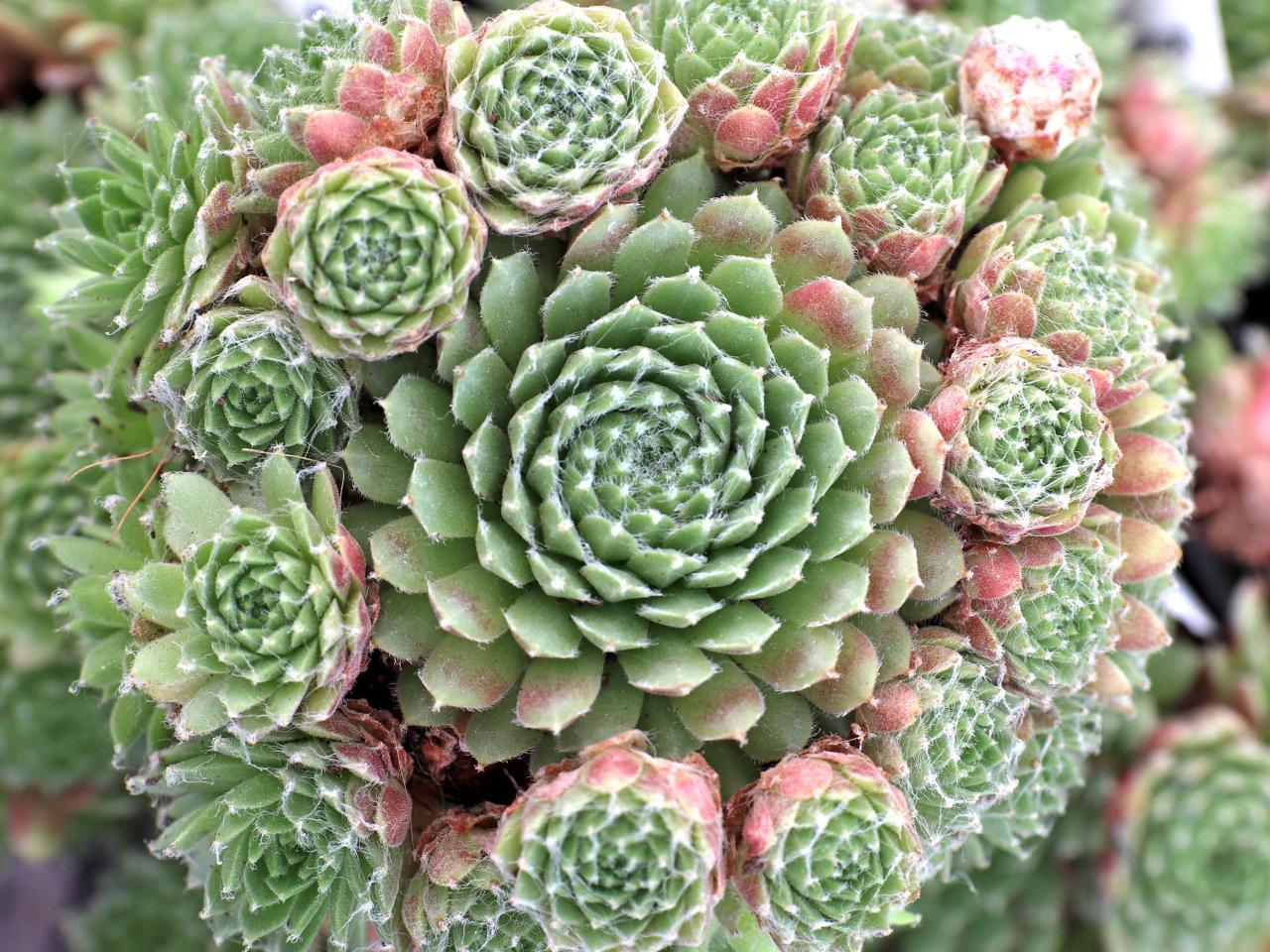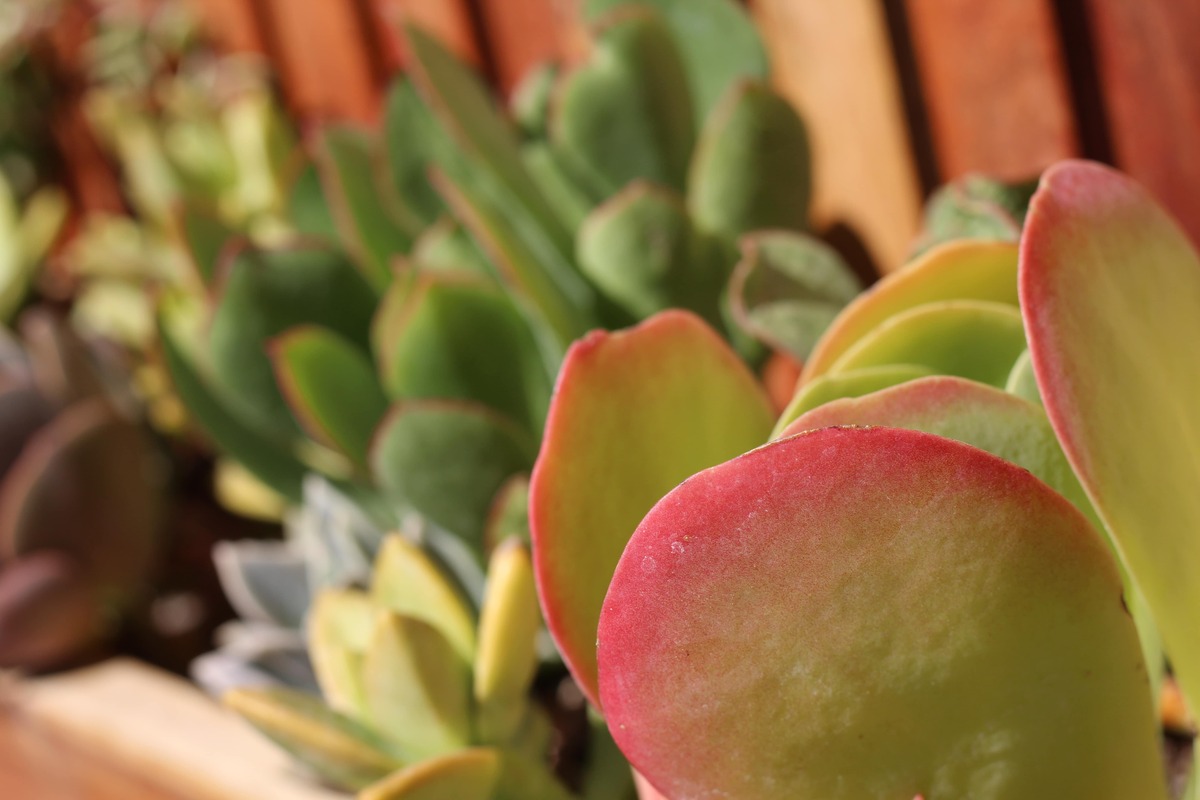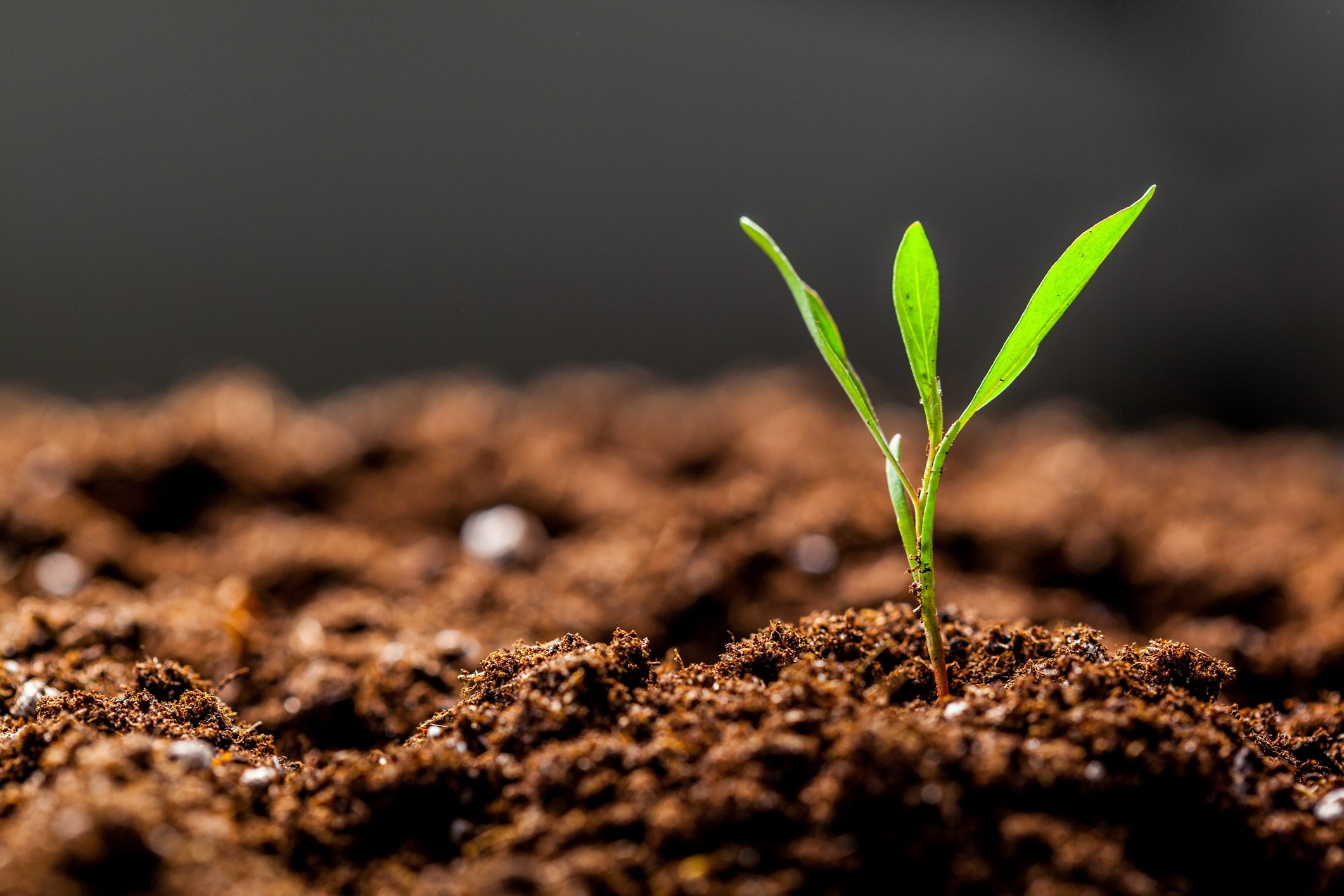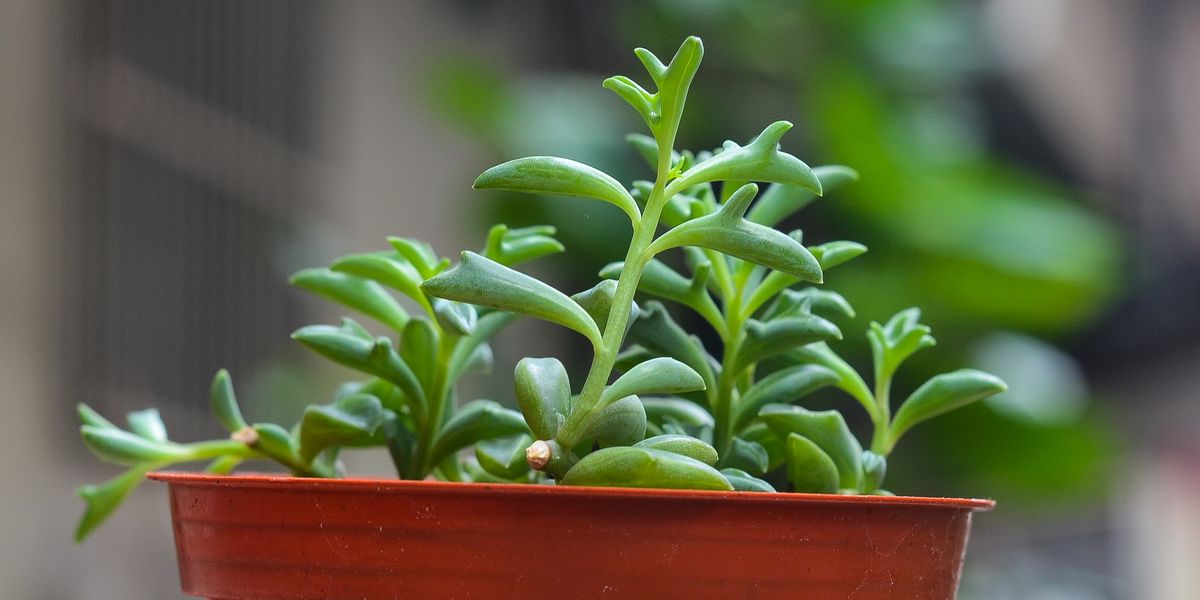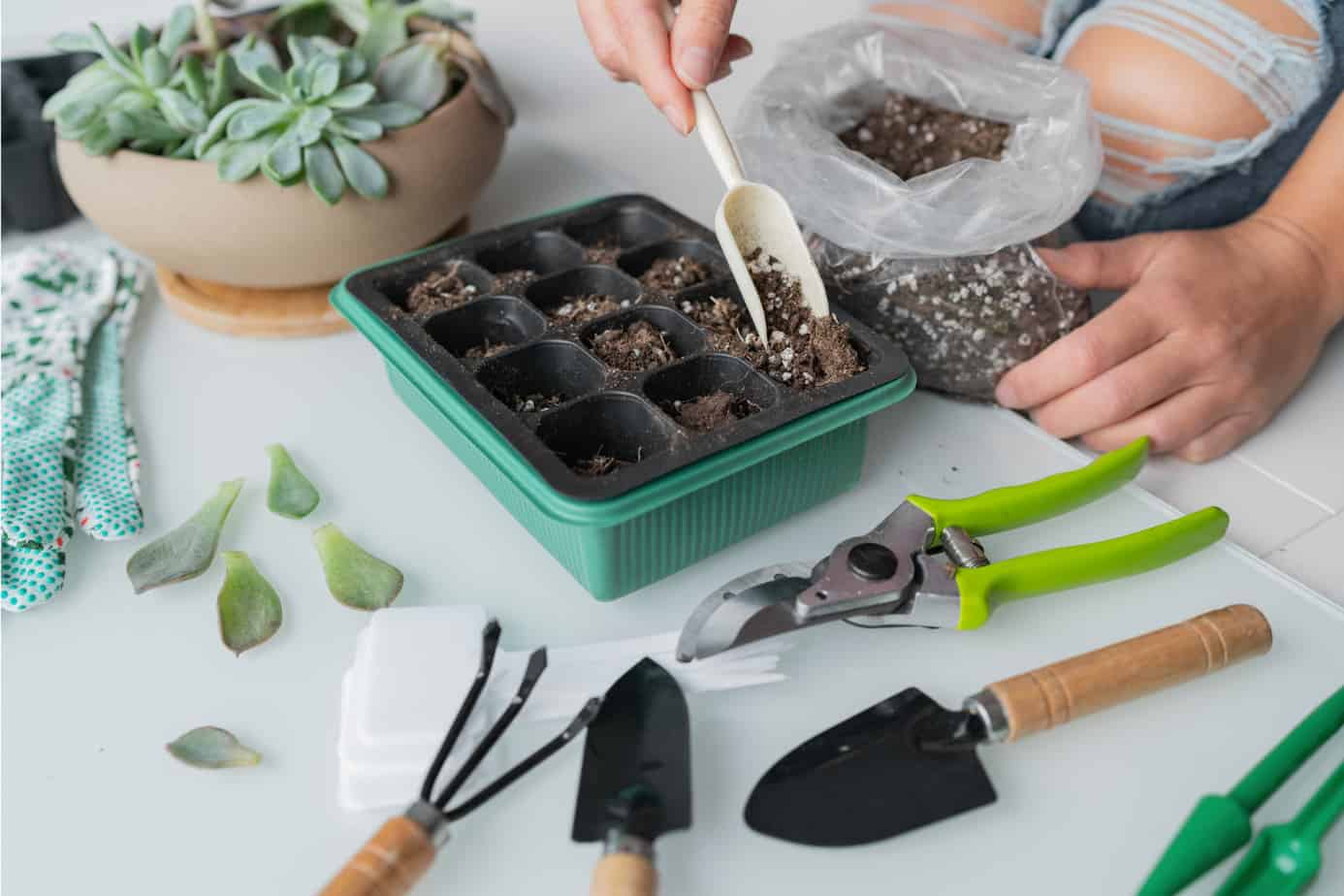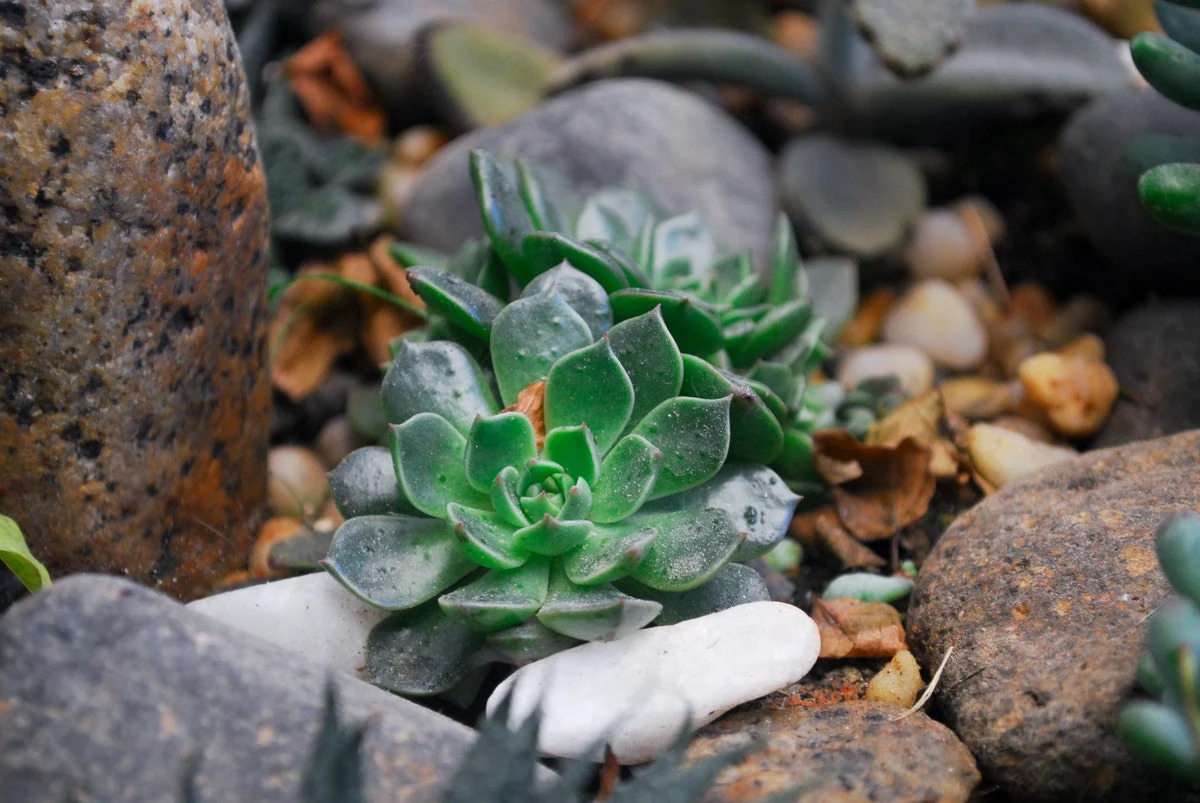Home>Types of Gardening>Ornamental Gardening>Which Succulents Can Be Planted Together


Ornamental Gardening
Which Succulents Can Be Planted Together
Published: December 25, 2023
Discover the best succulents for ornamental gardening. Learn which succulents can be planted together for a stunning and low-maintenance display.
(Many of the links in this article redirect to a specific reviewed product. Your purchase of these products through affiliate links helps to generate commission for Chicagolandgardening.com, at no extra cost. Learn more)
Table of Contents
- Introduction
- Factors to Consider When Choosing Succulents for Planting Together
- Succulents That Can Be Planted Together
- Pairing Succulents based on Similar Watering Needs
- Pairing Succulents based on Similar Light Requirements
- Pairing Succulents based on Similar Growth Habits
- Avoiding Compatibility Issues when Planting Different Succulents Together
- Conclusion
Introduction
Ornamental gardening is an art form that allows individuals to create stunning and visually appealing displays of plants. One popular choice for ornamental gardening is succulents. Known for their unique and striking appearance, succulents have gained popularity among gardeners of all experience levels.
However, when it comes to planting succulents, it is essential to consider the compatibility of different varieties. While succulents are hardy plants, they have specific preferences when it comes to light, water, and growth habits. Therefore, it is crucial to choose succulents that can thrive together in the same planting arrangement.
In this article, we will explore the factors that need to be considered when selecting succulents for planting together. We will also provide a comprehensive list of succulents that can be successfully paired based on their similar watering needs, light requirements, and growth habits. Additionally, we’ll offer tips on how to avoid compatibility issues when planting different succulents together.
Whether you’re a seasoned gardener or a beginner, understanding which succulents can be planted together will help you create an eye-catching and harmonious display in your ornamental garden. So, let’s dive right in and explore the world of succulents and their compatibility!
Factors to Consider When Choosing Succulents for Planting Together
When deciding which succulents to plant together, it’s important to consider several key factors. These factors will greatly influence the health, growth, and overall aesthetics of your succulent arrangement. Let’s take a closer look at the essential considerations:
- Watering Needs: Succulents have different water requirements. Some prefer dry conditions and can tolerate long periods without watering, while others need more frequent moisture. It’s crucial to pair succulents that have similar watering needs to avoid over or under watering certain plants.
- Light Requirements: Succulents vary in their light preferences. Some thrive in full sun, while others prefer partial shade. Understanding the light requirements of your succulents will help you choose plants that can coexist in the same planting arrangement without competing for light.
- Growth Habits: Succulents come in various shapes and sizes, with different growth habits. Some spread horizontally, while others grow tall and upright. Considering the growth habits of your succulents will enable you to create a visually appealing arrangement with plants that complement each other in terms of form and structure.
- Climate Compatibility: Succulents have different climatic preferences. Some are frost tolerant and can withstand cold temperatures, while others thrive in warm and tropical climates. It’s important to choose succulents that are suitable for your specific climate, ensuring they can coexist and thrive together.
- Color and Texture: Succulents offer a wide range of stunning colors and unique textures. When selecting succulents for planting together, consider their color palette and texture to create an aesthetically pleasing arrangement. Pairing succulents with contrasting colors and textures can add visual interest and create a dynamic display.
By taking these factors into account, you can ensure a successful and harmonious succulent planting arrangement. Now that we understand the essential considerations let’s explore the specific succulents that can be planted together based on their similar watering needs, light requirements, and growth habits.
Succulents That Can Be Planted Together
When it comes to combining succulents in a planting arrangement, certain varieties work well together due to their similar needs and compatibility. Here are some popular succulents that can be successfully planted together:
- Echeveria: Echeverias come in a variety of colors and rosette shapes. They pair well with other rosette-shaped succulents such as Sedum and Graptopetalum. Their watering needs and light requirements are quite similar, making them ideal companions.
- Hens and Chicks (Sempervivum): Hens and Chicks are small, clumping succulents that produce offsets resembling small rosettes. They can be planted together in tight clusters, creating a stunning display of texture and color.
- Agave: Agaves are known for their striking architectural forms. They can be paired with other succulents with similar water requirements, such as cacti. The combination of their different shapes and textures adds visual interest to the arrangement.
- Aloe: Aloes are versatile succulents that blend well with other species like Haworthia and Gasteria. They all have similar watering needs and thrive in bright, indirect sunlight.
- Senecio: Senecio, also known as “String of Pearls,” is a cascading succulent with trailing stems adorned with small bead-like foliage. It can be planted together with other trailing succulents like Sedum morganianum (Burro’s Tail) or Senecio radicans (String of Bananas) to create an elegant and cascading effect.
While these are just a few examples, there are countless combinations of succulents that can be planted together based on their compatibility. Remember to consider their watering needs, light requirements, growth habits, and visual appeal when creating your own succulent arrangement.
Next, we’ll explore the importance of pairing succulents based on their similar watering needs to ensure proper care and growth.
Pairing Succulents based on Similar Watering Needs
Watering is a critical aspect of succulent care, and pairing succulents with similar watering needs is crucial to promote their overall health and prevent over or under watering. Here are some tips for pairing succulents based on their watering requirements:
- Drought-Tolerant Succulents: Succulents that are drought-tolerant, such as Agave and Sempervivum, can be planted together. These succulents prefer infrequent watering and are adapted to survive in arid conditions. Watering them sparingly will prevent root rot and ensure their best growth.
- Moisture-Loving Succulents: Some succulents, like Aloe and Echeveria, prefer slightly more moisture than their drought-tolerant counterparts. Pairing succulents that share this moisture-loving characteristic will enable you to water them slightly more often without risking the health of other succulents that prefer drier conditions.
- Separate High- and Low-Water Succulents: In cases where you have succulents with significantly different watering needs, it is best to plant them in separate containers or different areas of your garden. This way, you can provide each group of succulents with the appropriate amount of water without compromising the health of either group.
Remember to always allow the soil to dry out completely between waterings, regardless of the succulents you choose to pair together. Overwatering is one of the most common causes of succulent death, so it’s crucial to maintain a proper watering routine.
Now that we’ve explored pairing succulents based on their watering needs, let’s move on to the next consideration: matching succulents with similar light requirements.
Pairing Succulents based on Similar Light Requirements
Light is an essential factor for the healthy growth of succulents. Pairing succulents with similar light requirements ensures that each plant receives the appropriate amount of sunlight for optimal growth. Here are some tips for pairing succulents based on their light needs:
- Full Sun Succulents: Succulents that thrive in full sun, such as Echeveria and Sedum, can be paired together. These succulents require at least six hours of direct sunlight per day to maintain their vibrant colors and compact growth. Planting them together in a sunny location ensures they receive the optimal amount of light.
- Partial Shade Succulents: Some succulents, like Haworthia and Gasteria, prefer partial shade and thrive in bright but indirect sunlight. Pairing these succulents together ensures they receive the right amount of light without being exposed to intense sunlight, which can cause sunburn. Placing them in a shaded area or under partial shade is ideal.
- Low-Light Succulents: If you have a spot in your garden or home with low light conditions, there are succulents that can thrive in such environments. Pairing low-light succulents like Sansevieria or Zamioculcas (ZZ Plant) together ensures that they receive adequate light without being exposed to direct sunlight, which can harm their foliage.
Matching succulents with similar light requirements is essential for their overall health and appearance. If you mix succulents with different light preferences, it may result in some plants becoming stretched or leggy due to insufficient light, while others might get sunburned from excessive exposure. By considering the light requirements of each succulent, you can create a cohesive and thriving succulent arrangement.
Now that we’ve explored pairing succulents based on their light requirements, let’s move on to the next consideration: matching succulents with similar growth habits.
Pairing Succulents based on Similar Growth Habits
Pairing succulents based on their growth habits is an effective way to create a visually appealing and harmonious arrangement. Succulents with similar growth habits have compatible forms and structures, resulting in a cohesive and balanced display. Here are some tips for pairing succulents based on their growth habits:
- Spreading Succulents: Succulents like Sedum album and Sedum spurium have a spreading growth habit, producing compact mats of foliage. Pairing these spreading succulents together creates a lush carpet-like effect and fills empty spaces in the arrangement.
- Upright and Architectural Succulents: Succulents with tall and upright growth habits, such as Agave and Dracaena, make striking focal points in a planting arrangement. Pairing these architectural succulents together creates a bold and commanding presence, adding height and interest to the arrangement.
- Cascading and Trailing Succulents: Succulents like Senecio radicans (String of Bananas) and Sedum morganianum (Burro’s Tail) have cascading or trailing growth habits. Pairing these trailing succulents together creates a graceful and flowing effect, especially when planted in elevated containers or hanging baskets.
- Clumping Succulents: Succulents like Echinocactus and Echinocereus form clumps or clusters of rosettes. Pairing these clumping succulents together creates a visually interesting arrangement with repeated patterns and a cohesive grouping of similar shapes.
When pairing succulents based on growth habits, consider the overall form and structure of each plant. Grouping succulents with similar growth habits allows them to coexist harmoniously without one overpowering or overshadowing the others.
By considering the growth habits of succulents, you can create a visually stunning and well-balanced planting arrangement. Now, let’s move on to the importance of avoiding compatibility issues when planting different succulents together.
Avoiding Compatibility Issues when Planting Different Succulents Together
While pairing succulents based on their watering needs, light preferences, and growth habits is essential, it’s equally important to avoid compatibility issues when planting different succulents together. Here are some tips to help you avoid potential problems:
- Avoid Overcrowding: Overcrowding can lead to competition for resources such as light, water, and nutrients. Give each succulent enough space to grow and thrive without being restricted or overshadowed by other plants.
- Avoid Mixing Incompatible Watering Needs: Mixing succulents with vastly different watering needs can lead to over or under watering some plants. Avoid planting succulents with high moisture requirements alongside drought-tolerant varieties to prevent moisture-related problems.
- Consider Growth Rates: Succulents have different growth rates, and pairing slow-growing succulents with rapidly spreading varieties may result in one plant overtaking the other. Be mindful of the growth rates when combining different succulent species.
- Beware of Aggressive Spreaders: Some succulents have a tendency to be aggressive spreaders and can quickly take over an arrangement. Examples include invasive species like Jade Plants (Crassula ovata) or Mother of Thousands (Kalanchoe daigremontiana). Consider planting these species in separate containers or carefully managing and controlling their growth.
- Watch for Pest and Disease Compatibility: Certain succulents may be more susceptible to pests or diseases, which can spread to other plants in close proximity. Avoid planting succulents with a history of pest or disease issues alongside healthy ones to prevent the spread and protect the overall health of your arrangement.
By being mindful of these compatibility issues, you can ensure that your succulent planting arrangement remains healthy and visually appealing. Regularly monitor your succulents for any signs of stress, disease, or overcrowding, and take appropriate action to maintain their well-being.
Now that we’ve covered how to avoid compatibility issues, let’s summarize the key points we’ve discussed and conclude our exploration of planting succulents together.
Conclusion
Planting succulents together can create a visually stunning and harmonious display in your ornamental garden. By considering factors such as watering needs, light requirements, and growth habits, you can ensure that your succulents thrive together and maintain their health and beauty.
Matching succulents based on their similar watering needs helps prevent over or under watering, ensuring that each plant receives the appropriate moisture. Pairing succulents based on their light requirements allows them to receive the optimal amount of sunlight for growth without causing sunburn or stretching. Considering their growth habits enables you to create a cohesive arrangement with compatible forms and structures. Additionally, taking precautions to avoid compatibility issues, such as overcrowding or mixing incompatible watering needs, helps maintain the overall health and balance of your succulent planting arrangement.
Remember to regularly monitor your succulents for any signs of stress, disease, or pest infestations. Adjusting the care and maintenance based on the individual needs of each succulent will ensure their long-term success.
With careful consideration and planning, you can create a beautiful and thriving succulent garden that will be a source of joy and inspiration for years to come. So, let your creativity flow, experiment with different combinations of succulents, and enjoy the beauty of these fascinating plants in your ornamental garden.

